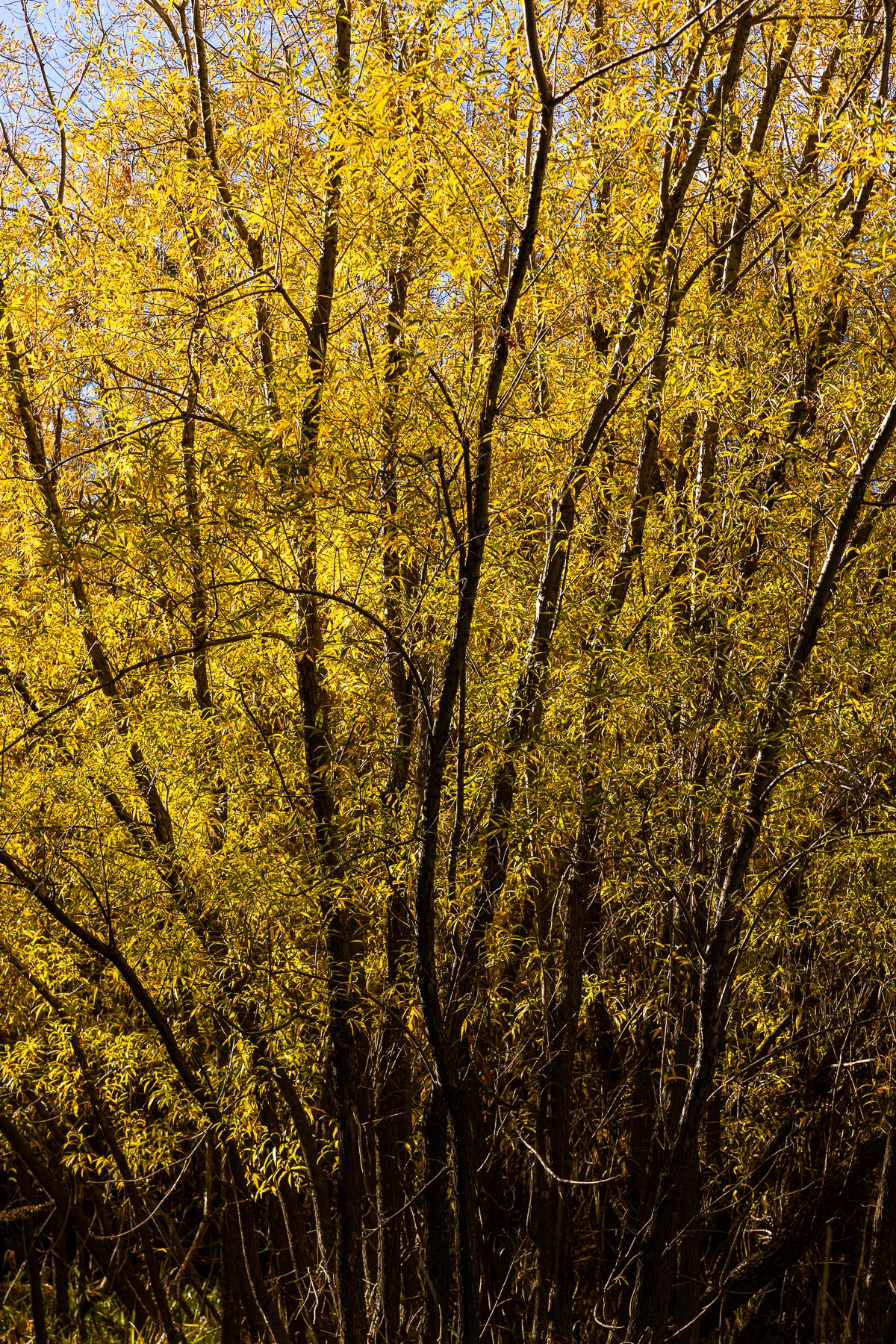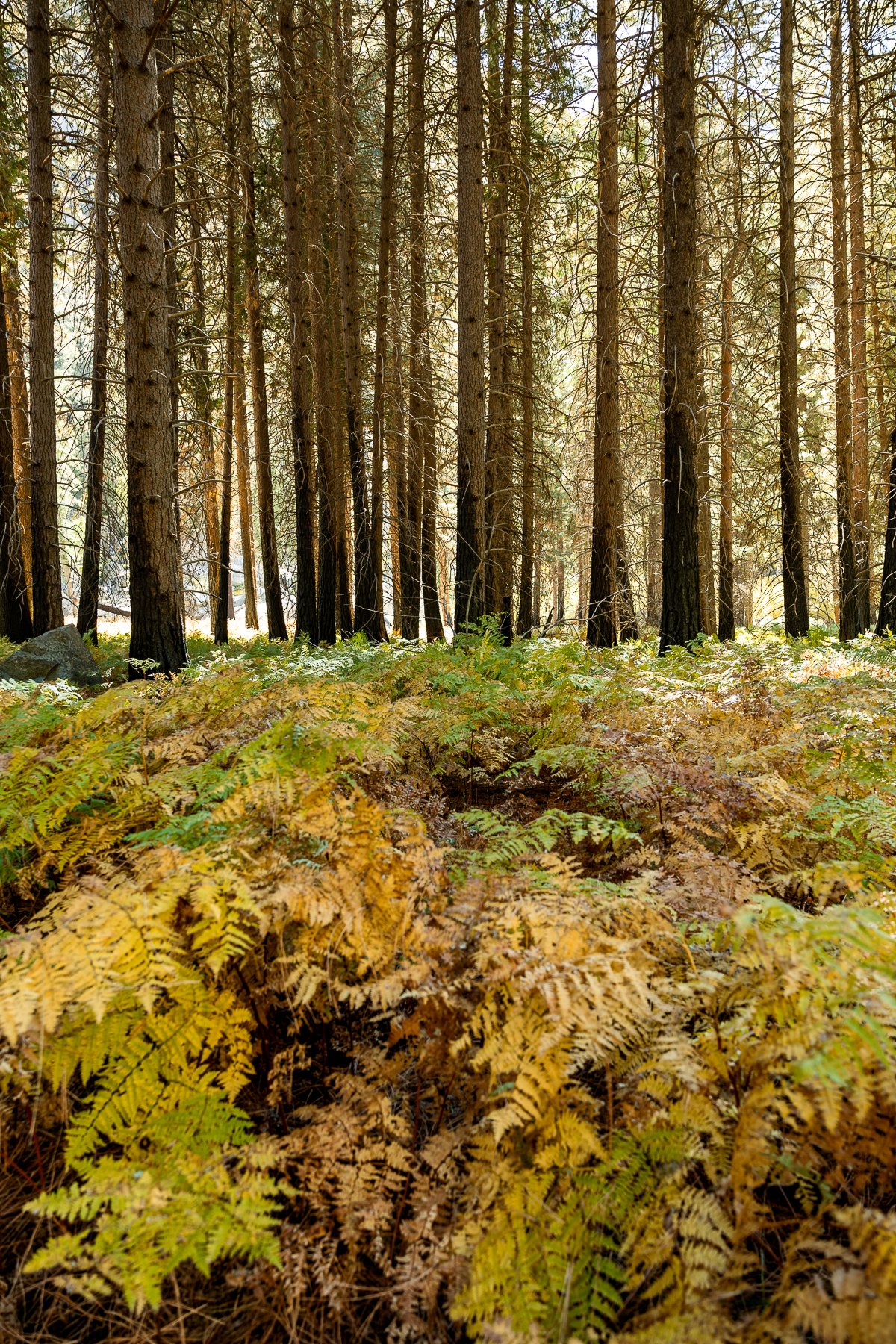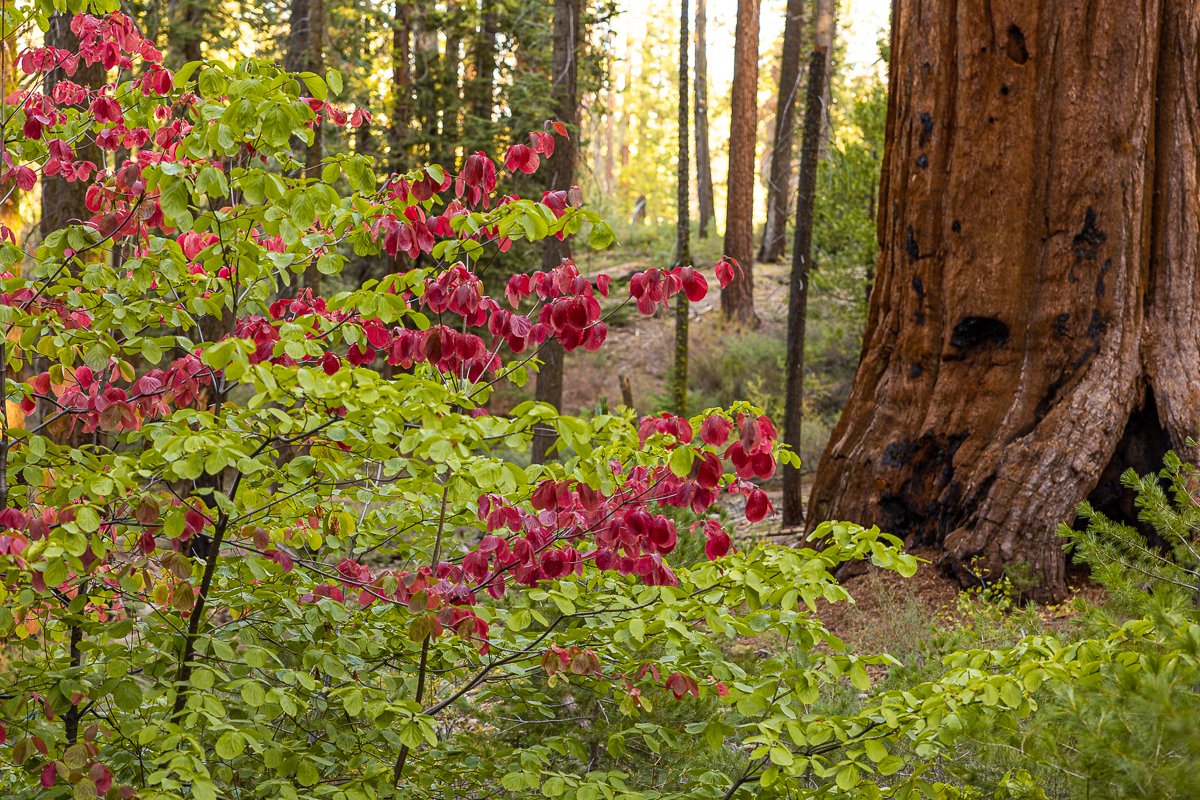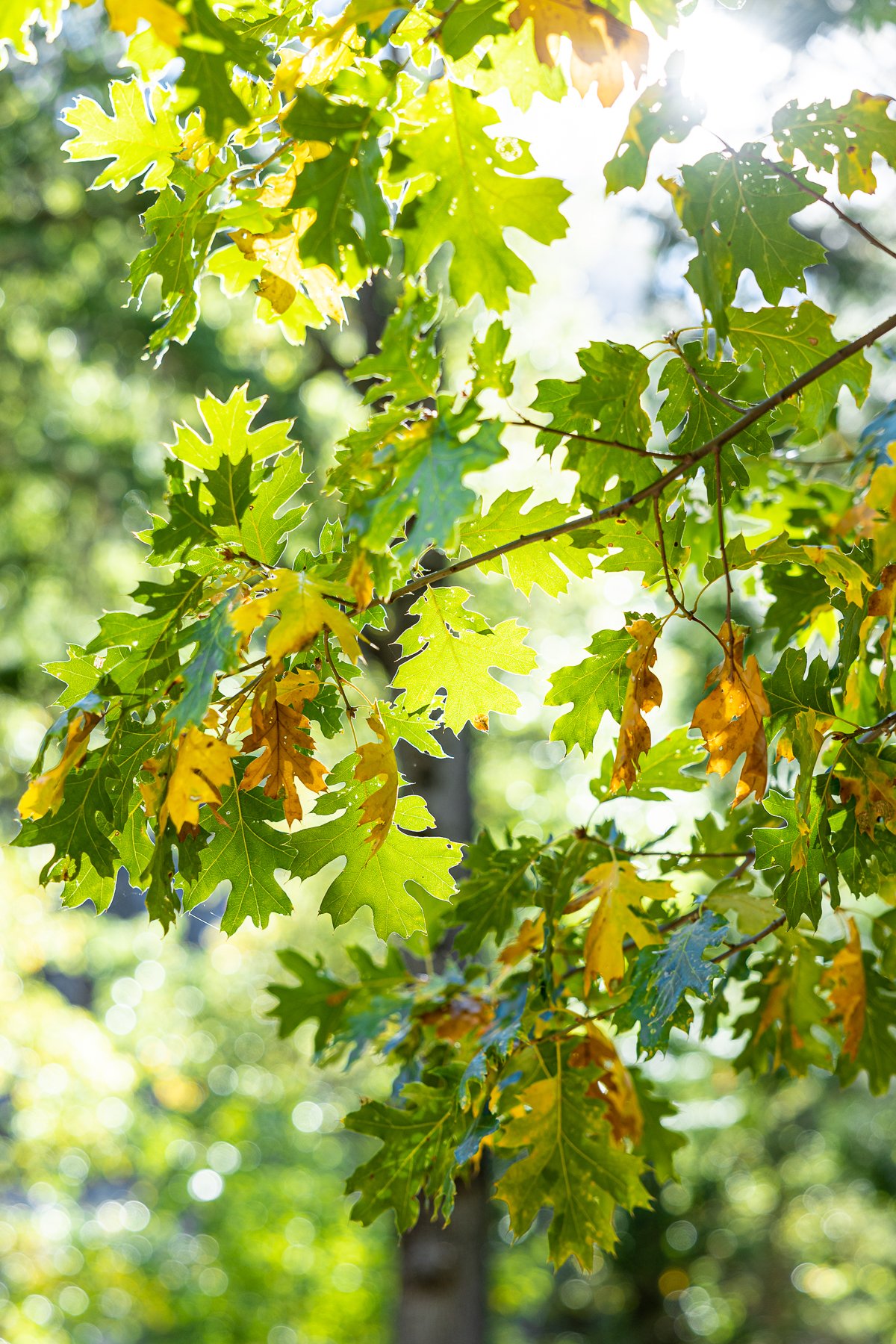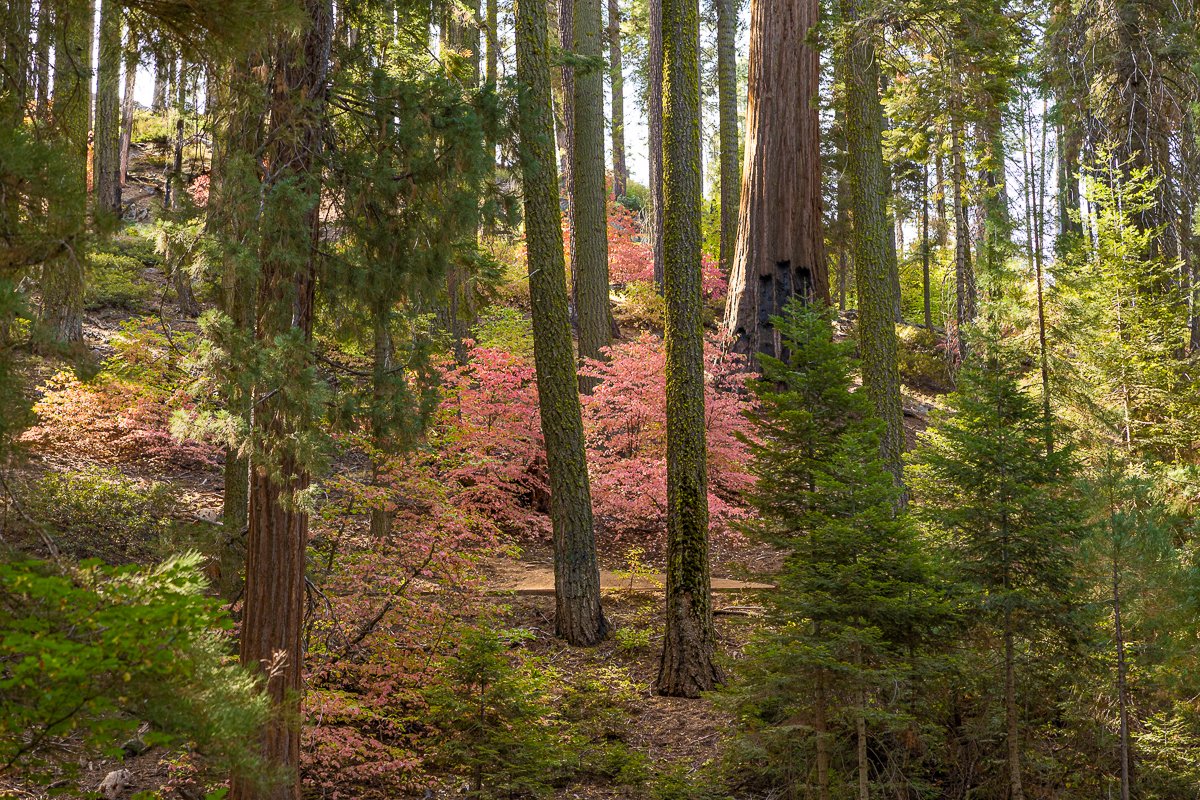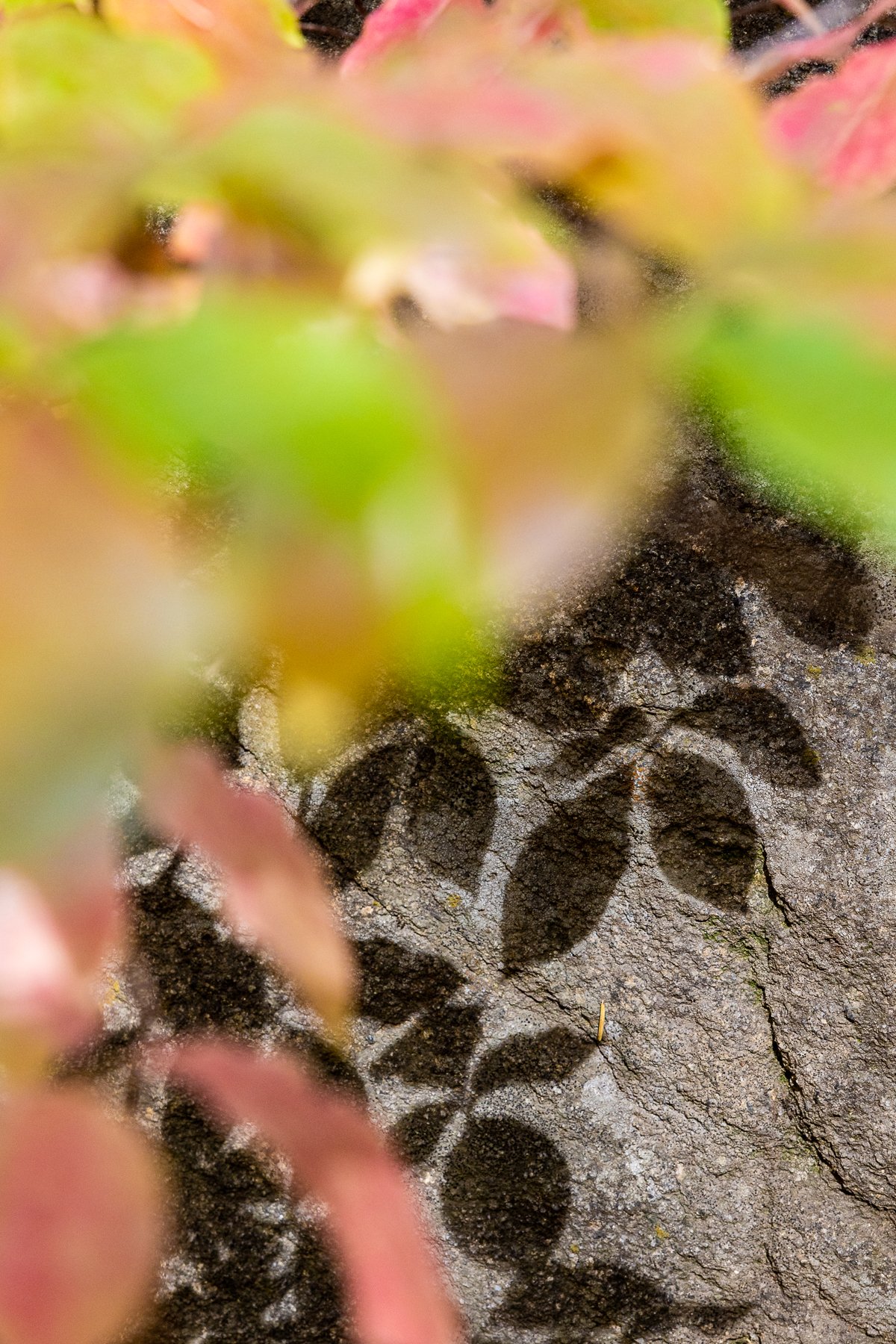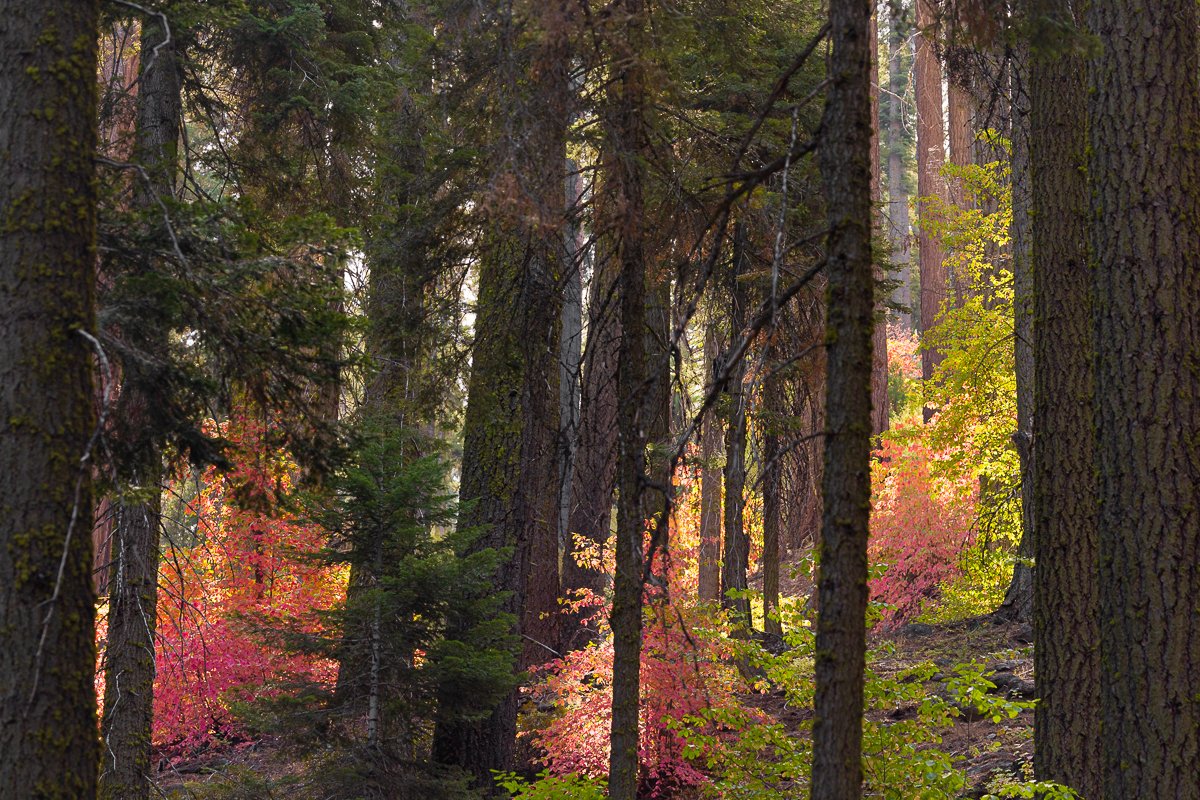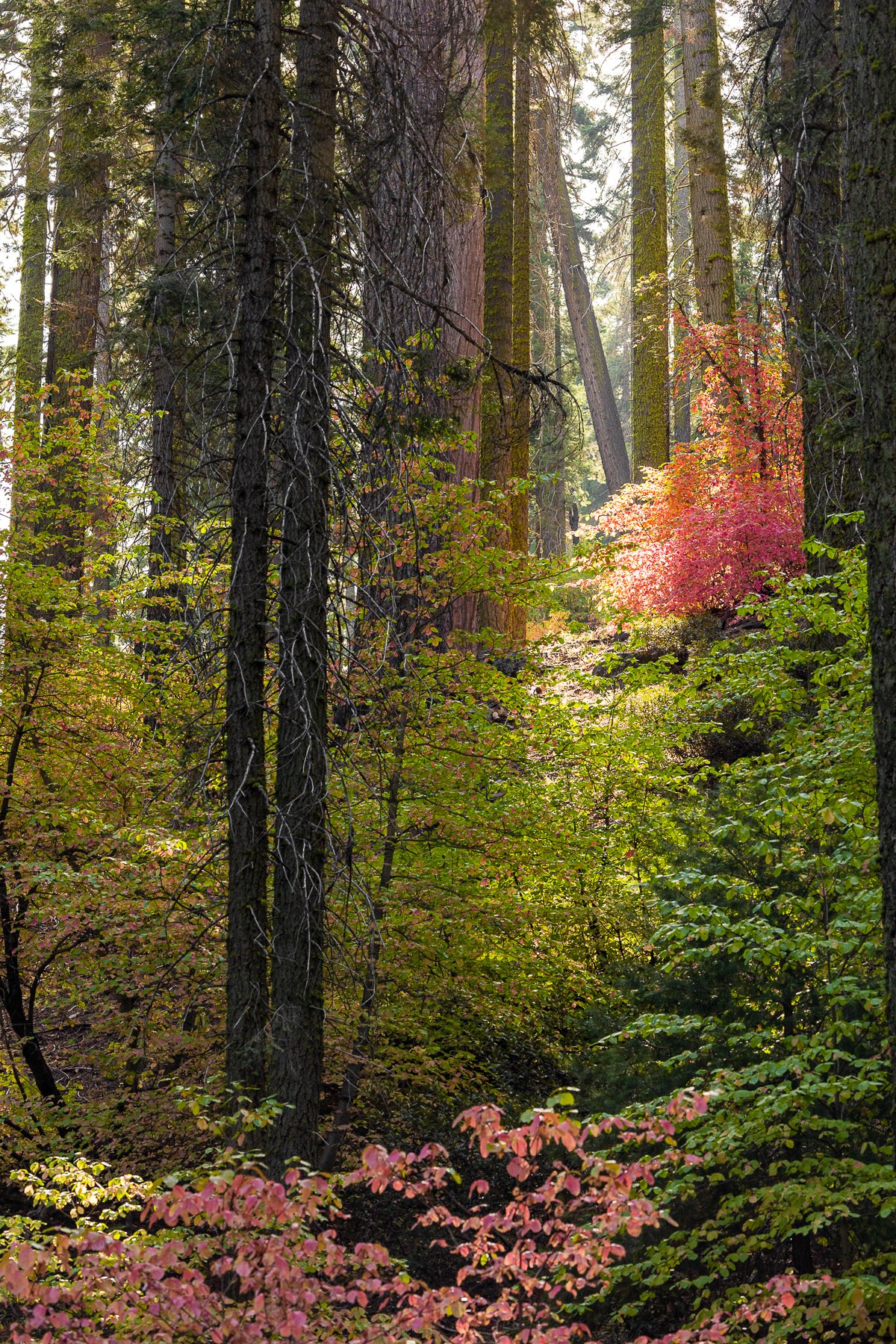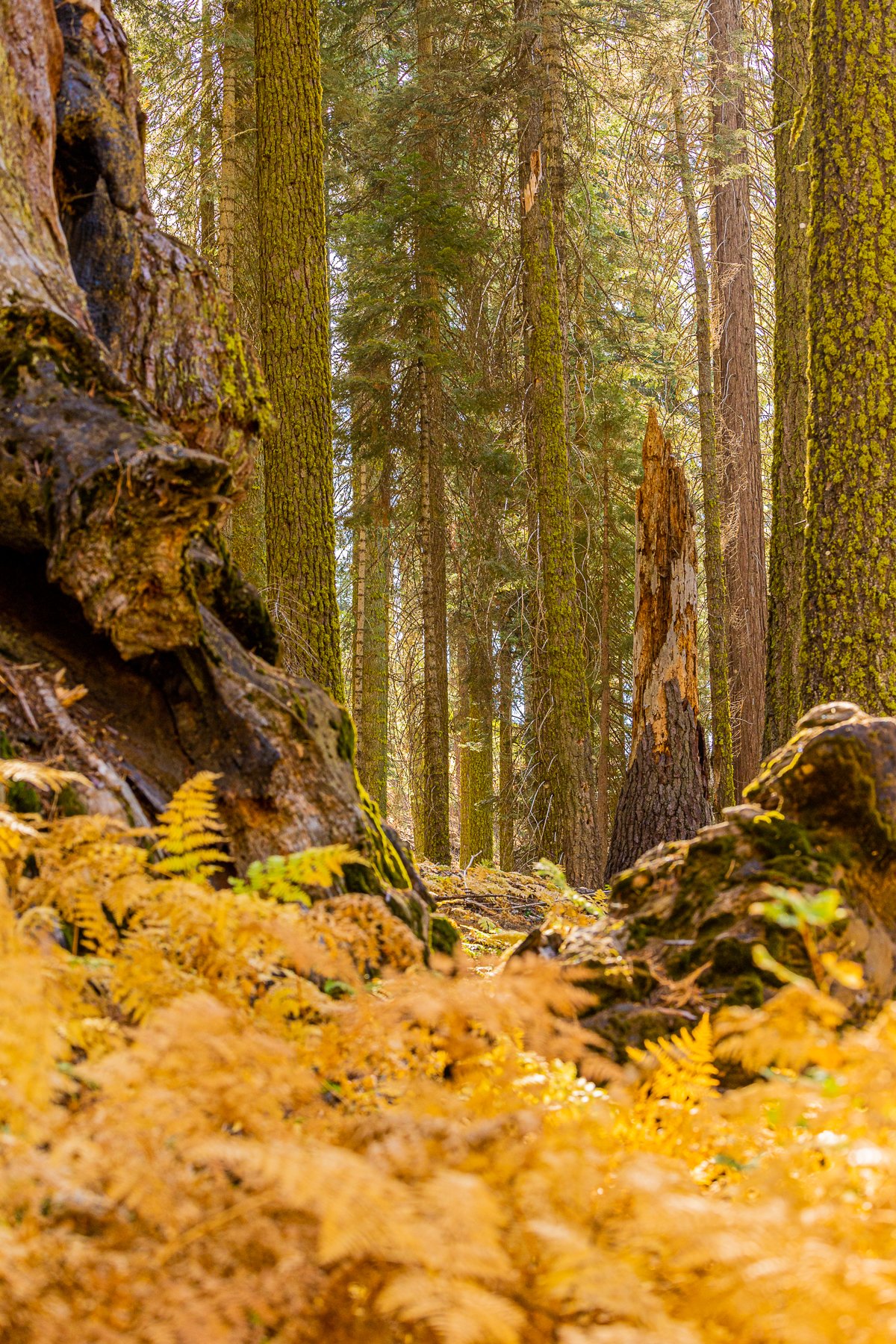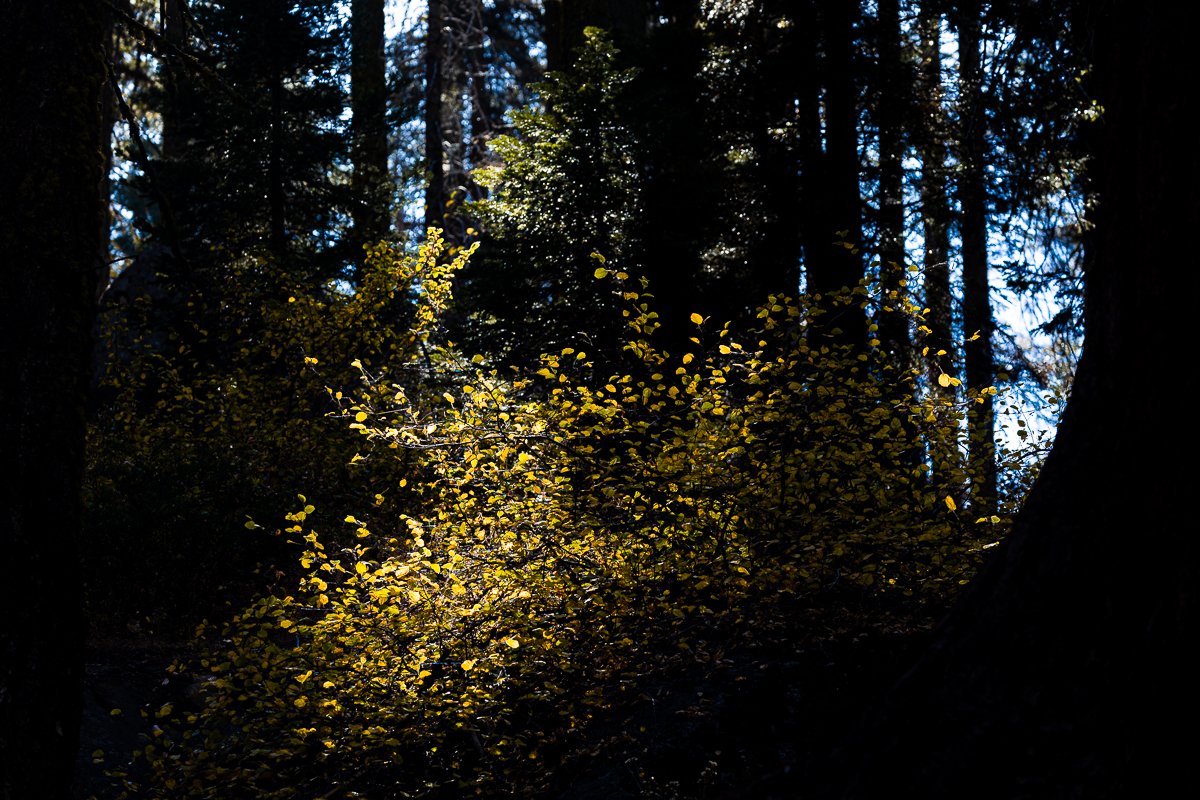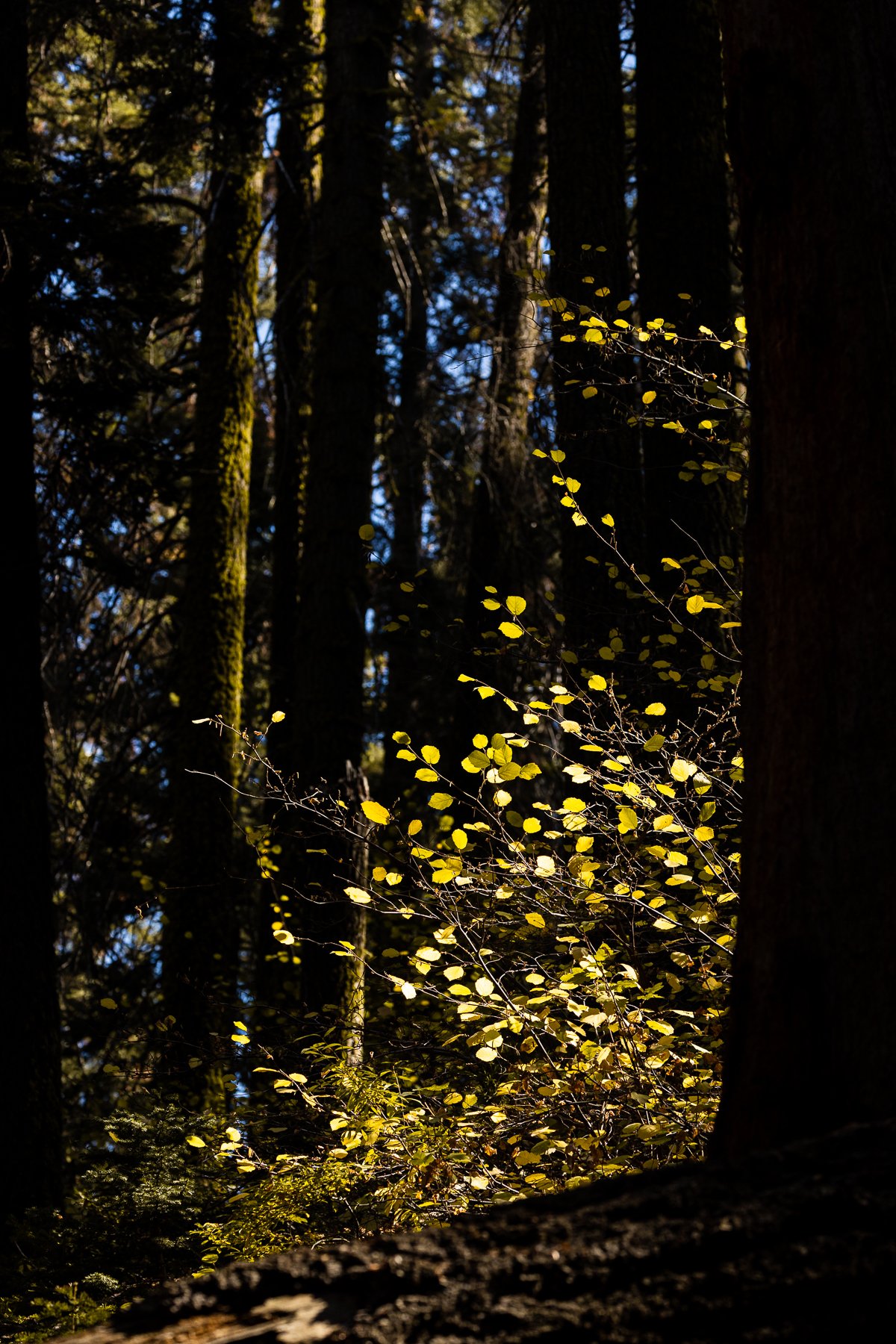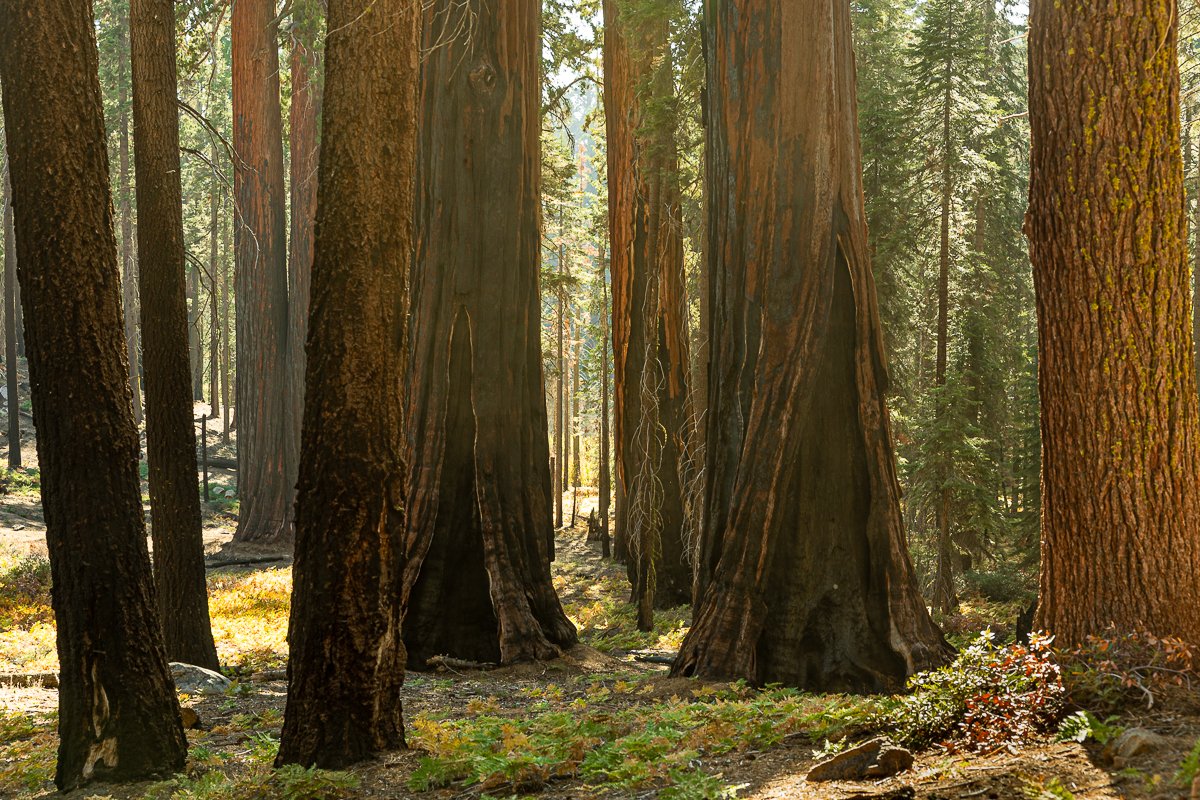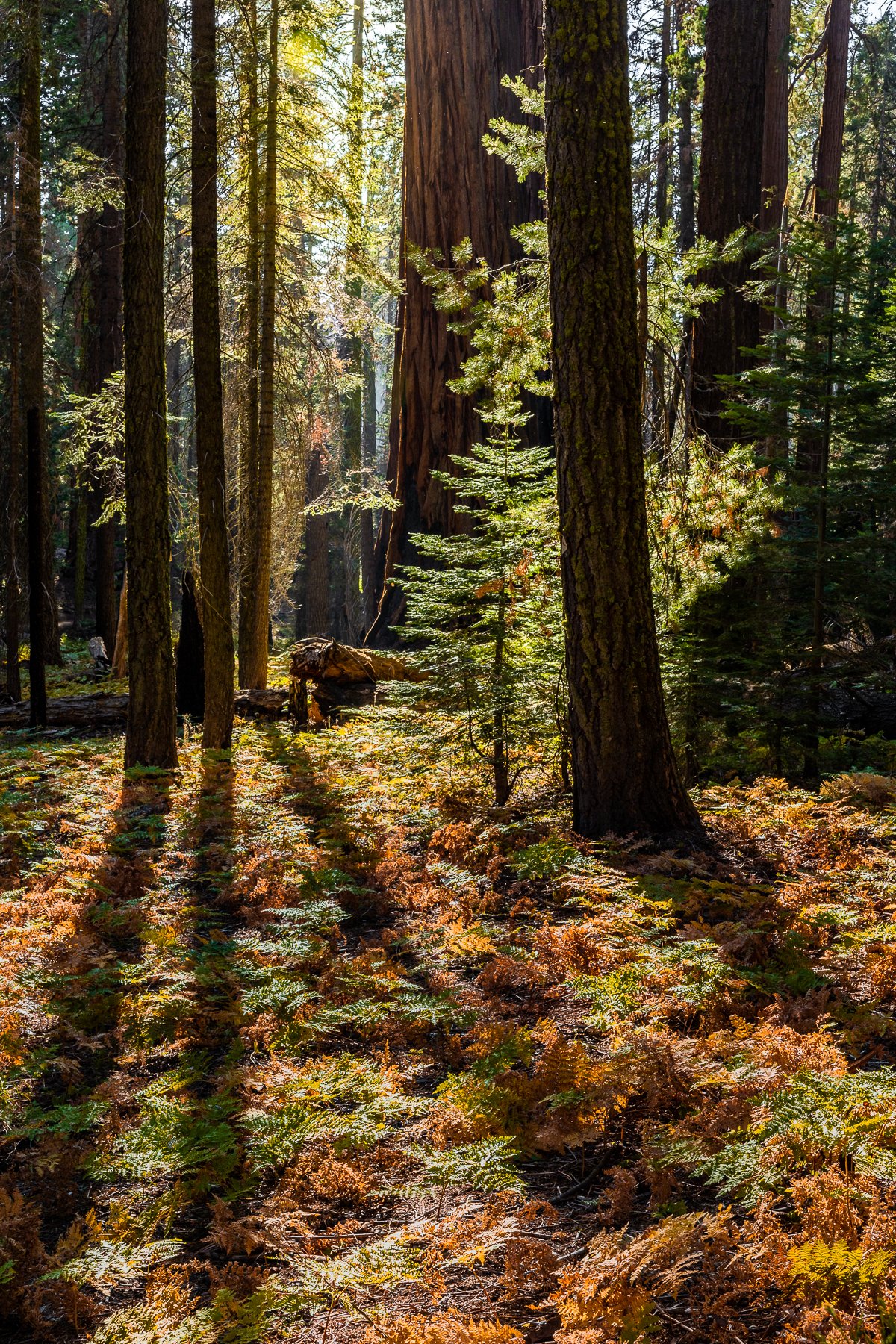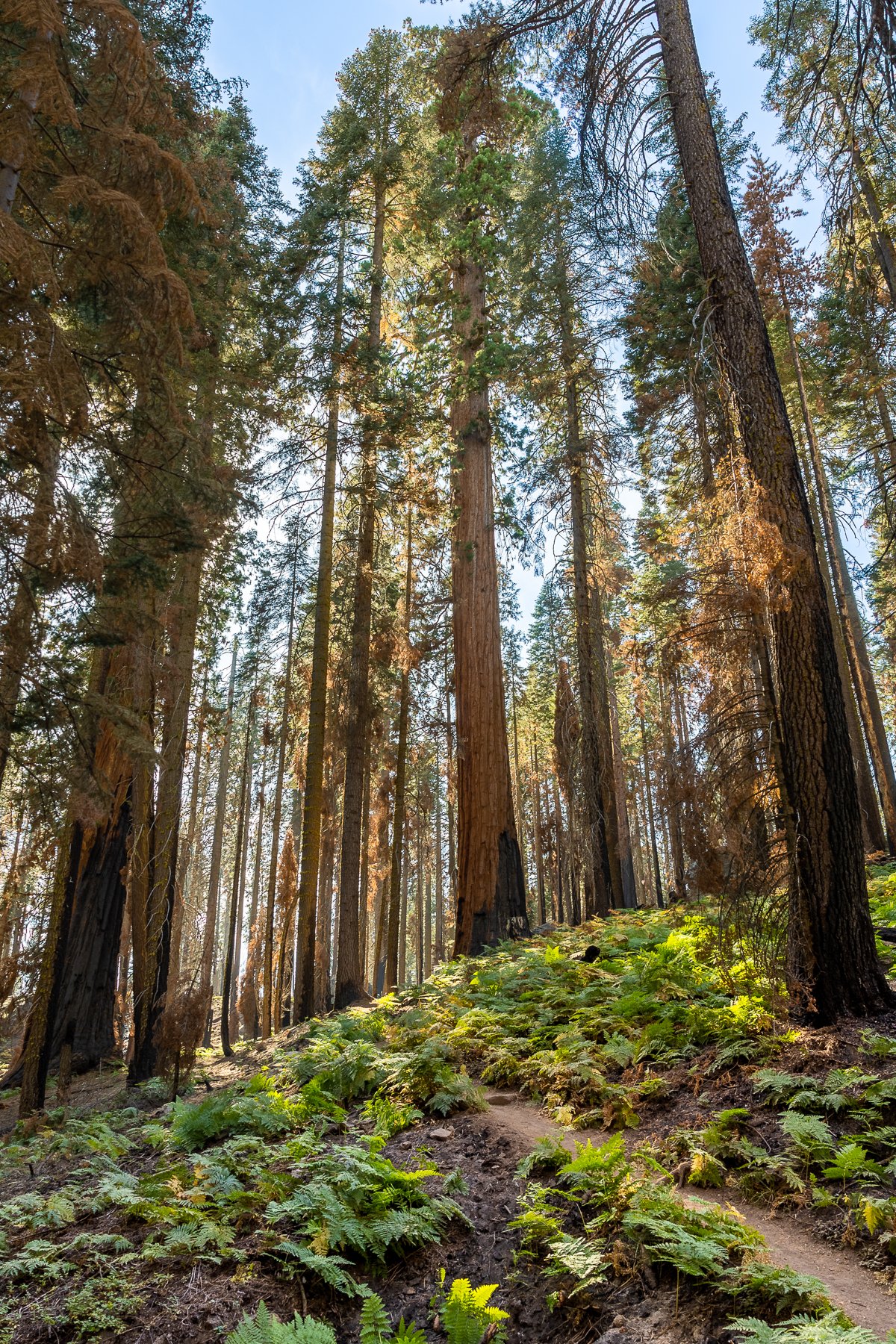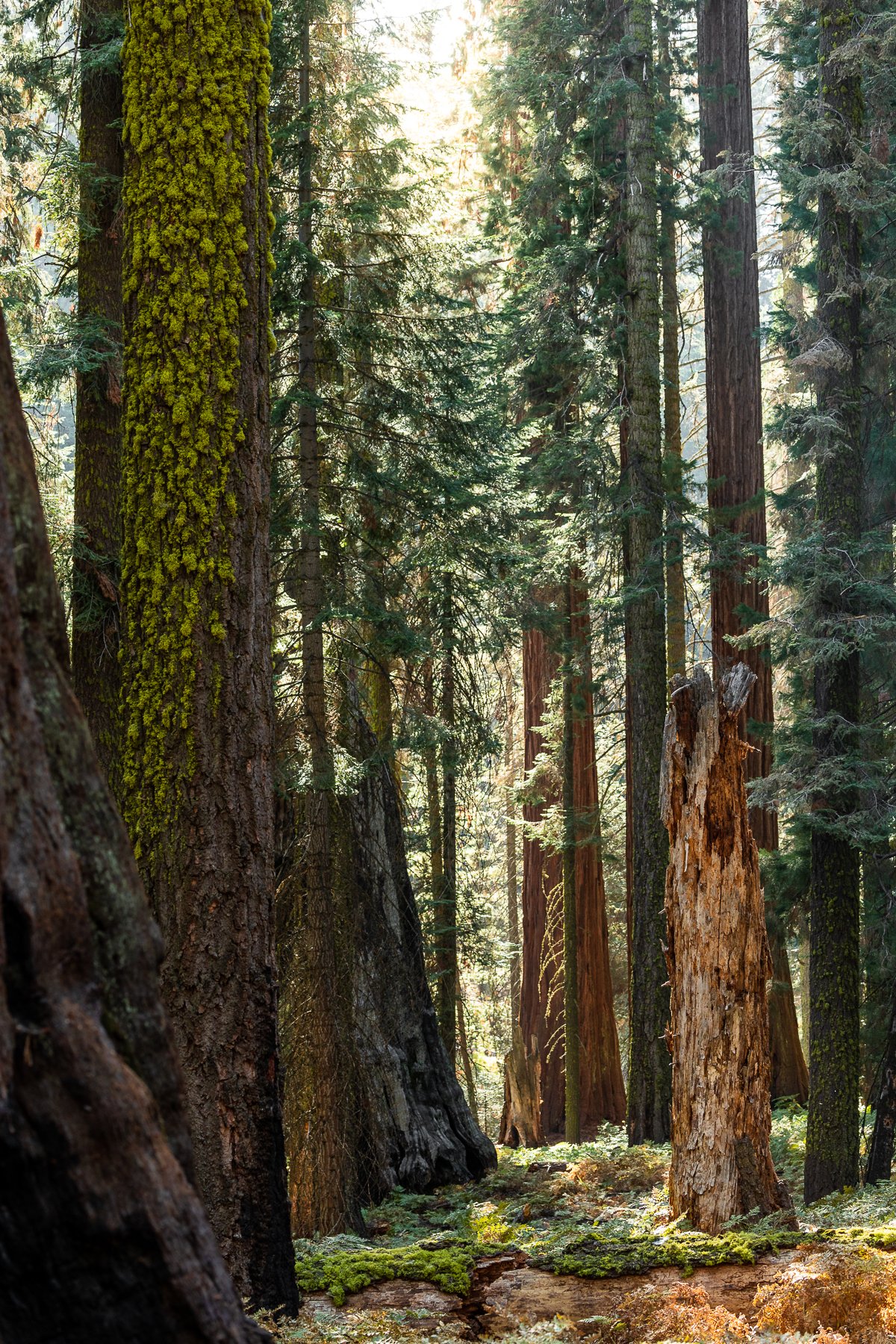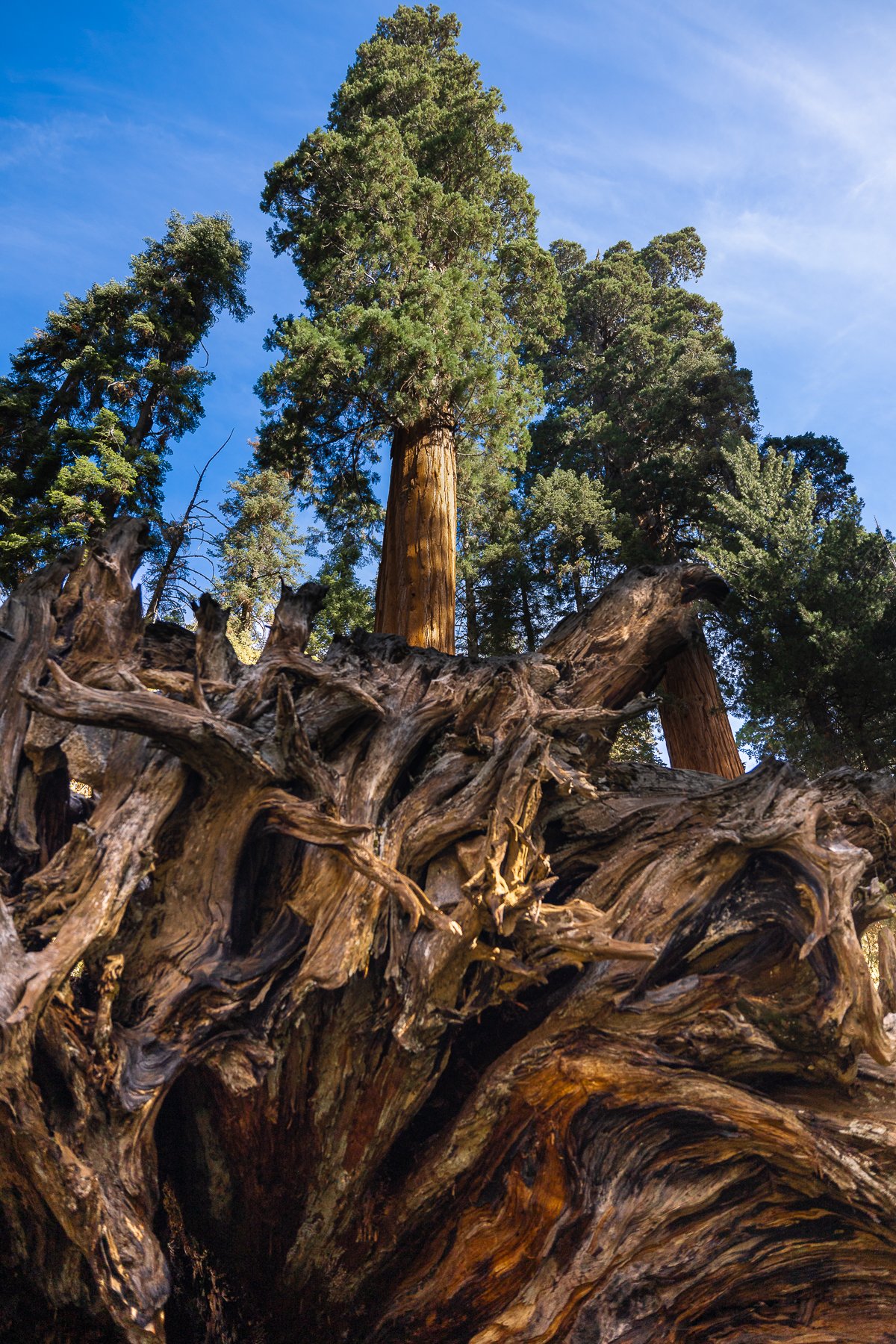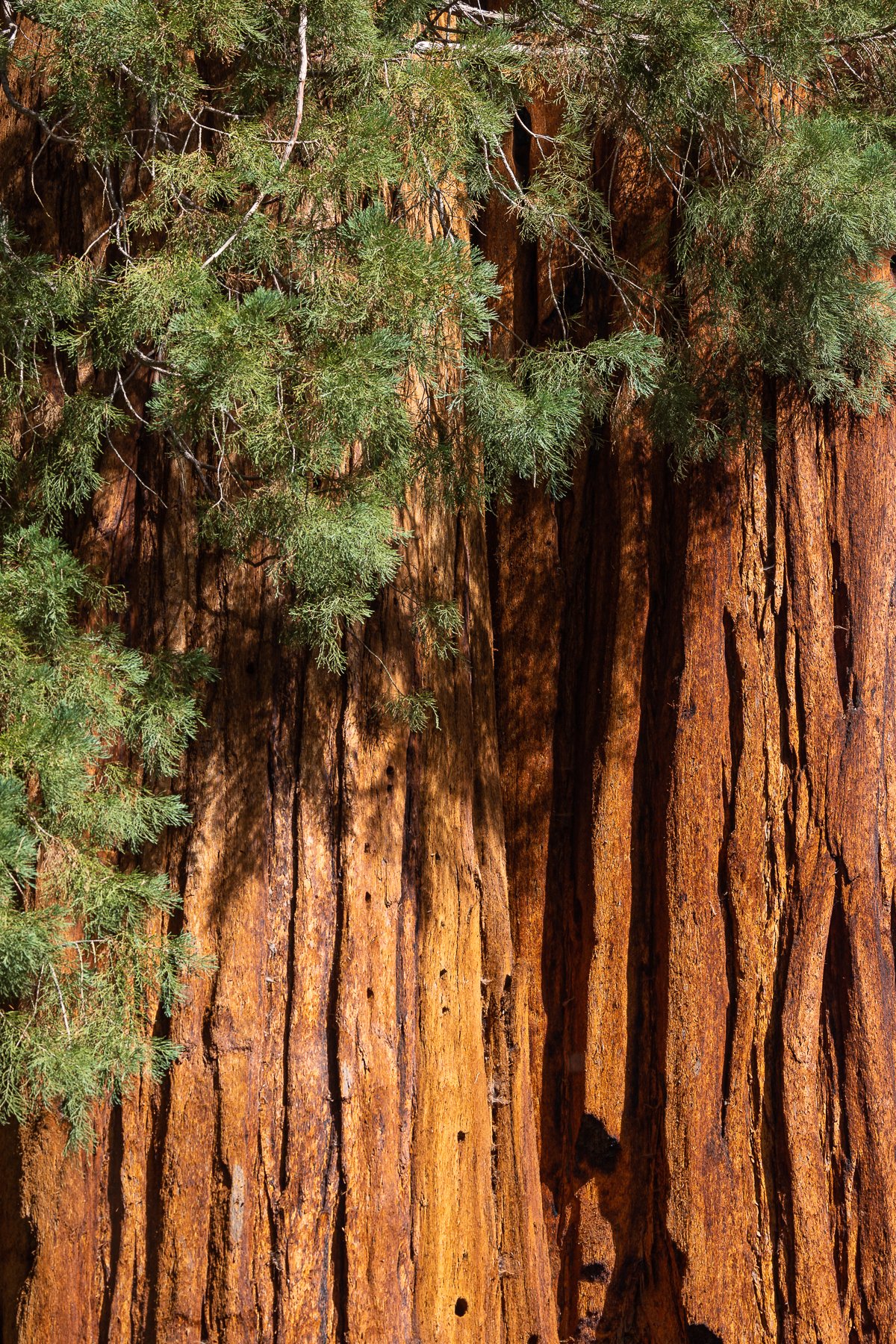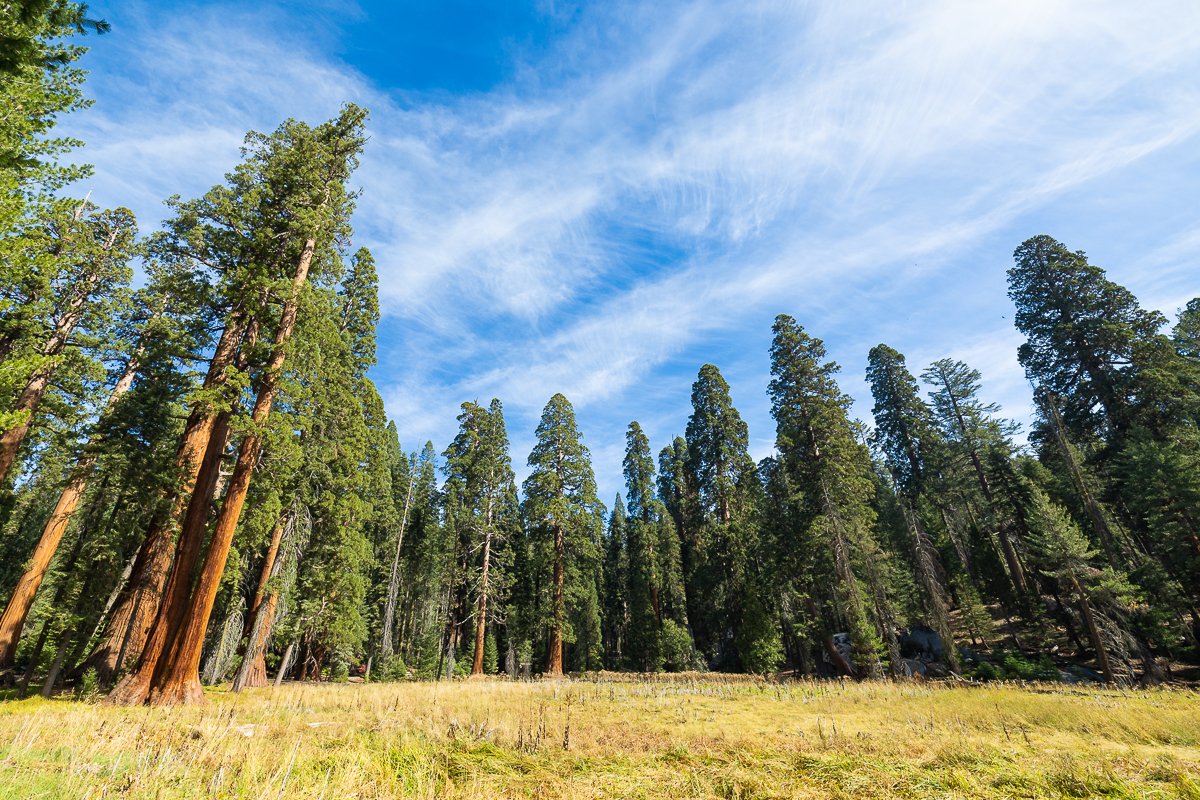As summer transitions to fall, Kings Canyon National Park undergoes a visible change. Green landscapes turn into warm autumn shades, offering a different view of the park. The ferns at the feet of the tall sequoias take on a golden hue, framing the green giants above them. Hiking along the park's trails provides a chance to enjoy the sound of leaves underfoot.
As temperatures cool down, local wildlife, like mule deer, squirrels, and the occasional black bear, adapt to the season. Fall is an excellent time for photographers and nature enthusiasts to capture the park's evolving scenery. Whether it's the lakes' reflections or waterfalls framed by changing leaves, Kings Canyon National Park in the fall presents a unique opportunity to witness nature's transformation.



